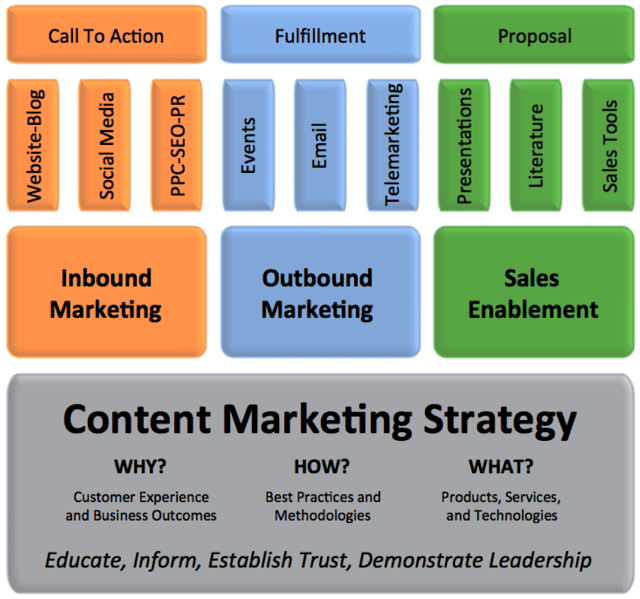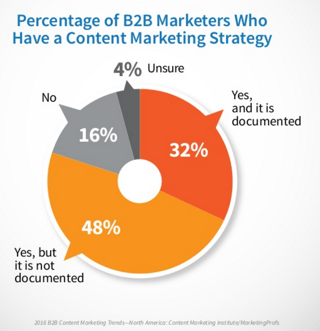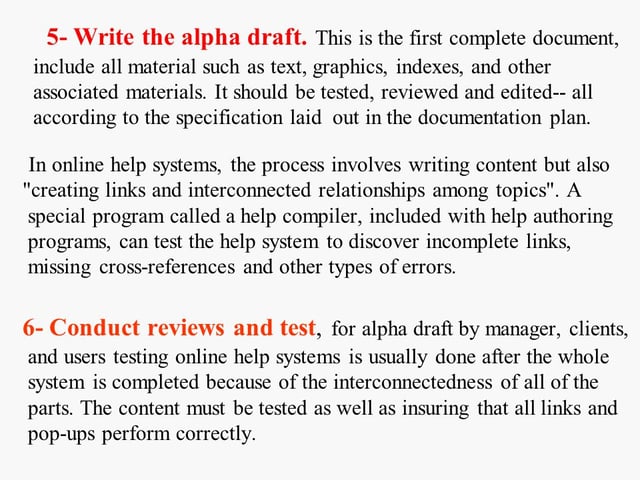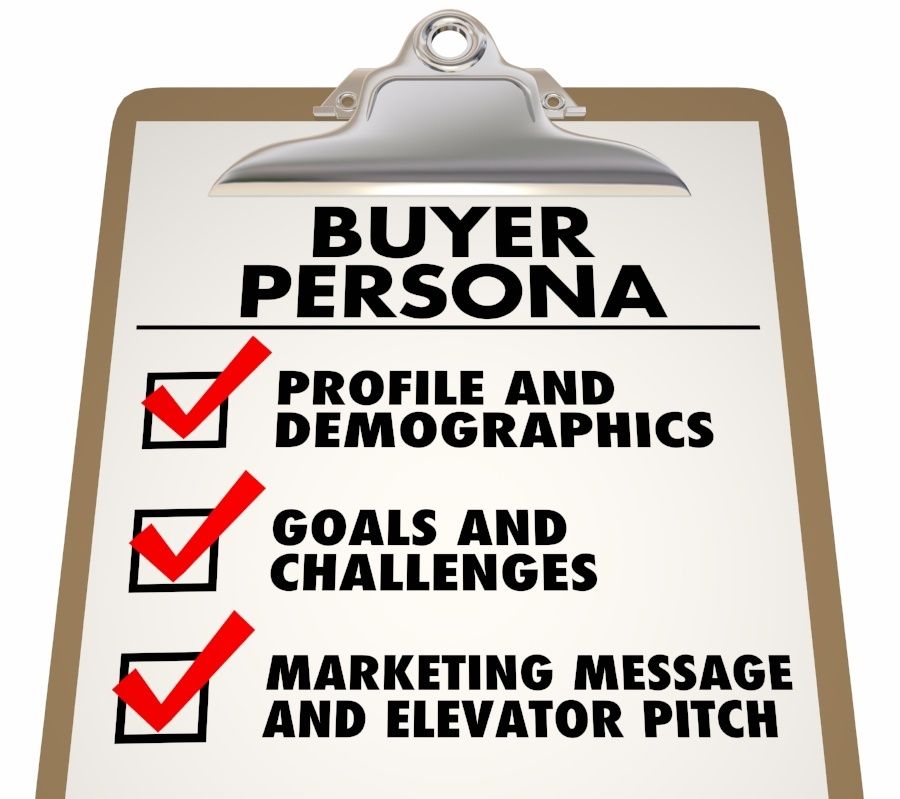
There are a lot of different ways to achieve inbound marketing and most companies use at least three or four different methods The vast majority of the advice sources suggest that you try for as many inbound marketing channels as possible while the niche sources suggest focusing on the ones you can handle.
Whether you're a large marketing department or a small startup team, an all-in marketer or more conservative in your efforts, how a business chooses to inbound market is almost always unique.
Writing for Inbound Marketing
The best strategies for business inbound marketing make use of the strengths and specialties of your company. This isn't just another iteration of 'write what you know' advice.
Your expertise is exactly what your clients and future clients are looking for. The vast majority of inbound marketing tactics are about sharing your industry knowledge.
By writing out the answer to questions that your leads and customers might have, you create organic SEO attraction to pull in curious people who need what you have to offer.
If your articles are high quality, easy to read, and clearly written by knowledgeable experts, casual visitors become leads who are more likely to see your brand and business as a reliable solution to their related problems.
This is a very friendly cycle that allows businesses to share what they know best while at the same time drawing in potential leads and building brand recognition as trustworthy and authoritative.

The Information Your Tech Customers Want
So where does that leave a tech company when choosing their inbound marketing content?
There are some topics like cybersecurity and recent tech fads which apply to almost every tech industry but the variations in niche and industry subgroups are so great that your audiences will each have their own unique interest and needs.
If you sell inventory management software, for instance, the majority of your audience won't be interested in network routing advice and the same is true for most of the various tech company audiences.
However, there is one thing all tech companies have in common that can effectively be used for inbound marketing. Documentation.
Every tech company has some form of documentation for their software, dashboards, apps, and service features. If you develop in-house software, you likely have a programmer's documentation for the code somewhere and almost every company has a 'Help' section with a few resources like a FAQ or Getting Started instructions.
These aren't just functional or courtesy assets, they are inbound marketing gold.
Documentation as Inbound Marketing
How many times does your customer service desk through chat, phone, email, or social media answer basic questions about features, prices, and software functions?
What about questions in the forums? People are looking for answers to incredibly static questions about your software and more often than not, they can't find the answers and wind up asking each other or your customer service representatives instead.
However, in the age of search engines and inbound marketing, you should be more than capable of providing this kind of information in a fast, accessible, and organically SEO configured fashion.
The problem is that most companies don't realize the value of their documentation and the challenge of translating programmer notes into readable content is a challenge all on its own. This highly desired content goes half-hidden, ignored, unavailable, or in formats that your clients can't understand.
Even companies who have put a lot of effort into constructing a readable and explorable software documentation for their proprietary platforms often forget to host and promote this information in a way that is easily accessible to clients.

Writing Your Documentation as Content
So how do you turn this disparate and sometimes incredibly technical collection of information into an appealing and marketing-ready array of advice articles?
With creativity, care, industry know-how, and quite possibly steady emailing with the programming department.
Ideally, you can use your inbound marketing infrastructure to create a completely navigable and informative guide on how to use absolutely every aspect of your software, platform, service, or app.
Start from the beginning from the customer's point of view and do your best to cover every possible action they can take or option they can select.
Label each topic and section clearly, this will be your most powerful SEO vehicle as the sections will often resonate with questions users will have when they're right in the middle of researching or using your product.
Keep the language relatively free of tech jargon but don't 'dumb down' the concepts much because you're dealing with professionals who will need to understand what they're doing.
You may even consider making two forms of documentation, the 'quick guide' version with pure instructions and the detailed version with all the reasons why and how it works. This could be accomplished with a summary at the top, collapsible sections, or two separate sets of blog posts.
The key to making this information useful, interesting, and effective at inbound marketing is to write about the things that your leads want to know before they buy and what your customers want to know while they're using your products.
When the set is complete, it will become an incredibly useful collection of self-help, customer service, and static inbound marketing assets.

Marketing has a long-standing tradition of forgetting about the technical questions. A marketing campaign is always prepared to talk about how great and useful a product is but may not have an answer when a customer needs to know if it outputs a certain file type they need for work.
If you want to reduce the repetitive questions to customer service, increase your inbound marketing leads, and create a strong company-client relationship with the people who use your products, we highly suggest that any tech company turn their software documentation into inbound marketing content.
For more tips and tricks for tech company inbound marketing strategies, contact us today!













